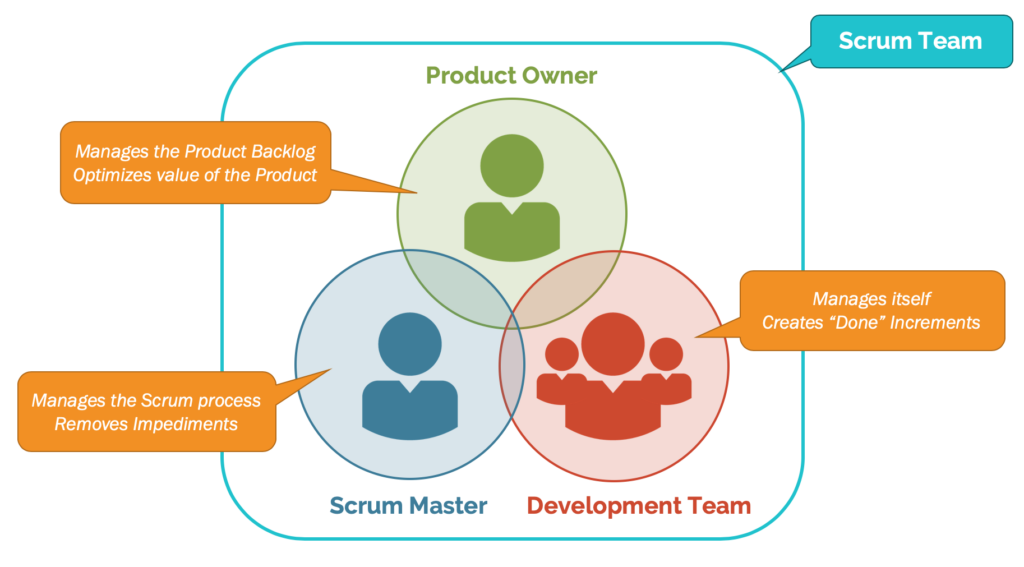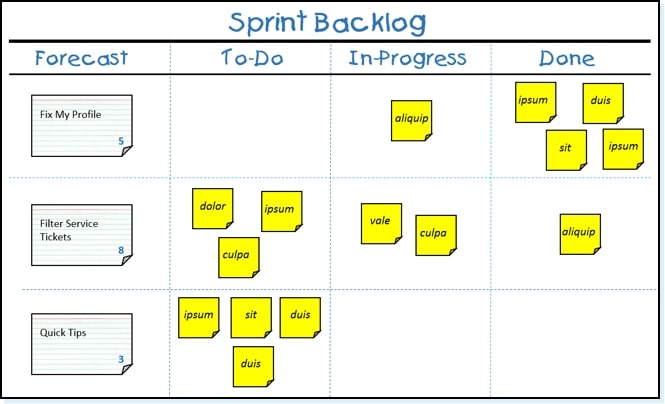Agile project management is crucial for companies as it ensures that teams complete projects on time and within budget. Project managers have to handle multiple projects at once and juggle them all for early and continuous delivery.
Project management methodologies enable managers to track progress, identify risks and overcome obstacles. Project managers have leveraged various types of project management methodologies over the years to oversee the safe and successful execution of their projects.
If you are a project manager, you must consider using agile project management methodologies for your next project. This article explains agile project management, its importance within companies, as well as the best practices that project leaders use to maximize its use.
Let’s dive in.
What is Agile Project Management?
Agile project management is a flexible and responsive approach to managing projects. It is an iterative approach to managing software development projects that emphasize customer collaboration, involvement, and the ability of agile teams to adapt to changing requirements.
The Agile project management methodology enables you to incorporate customer feedback at every stage of the product development and make necessary changes to the project accordingly. It speeds up the development process, emphasizes technical excellence, and helps you deliver products that meet your customers’ expectations.
History of Agile Project Management
In the early 1990s, the software development process was not so fast and flexible. The waterfall project management, a linear and sequential approach, was the chief approach that project managers used for software development. This approach had some limitations as it did not allow project managers to be flexible in making significant changes to the asset once the project started. The traditional project management approach was ineffective for new, emerging types of products, leading to over-budget and behind-schedule projects.
A new method called Agile came about as a solution to these limitations. The traditional Agile project development approach comprises two frameworks. One of the agile project management methods is Scrum, and the other is Kanban. Scrum is an iterative and incremental approach that helps businesses deliver quality products on time. Kanban is a flexible and responsive approach that allows enterprises to respond to change.
How Does Scrum Work?
Scrum is an Agile methodology that enables a team of developers to achieve a common goal. It employs iterations of fixed lengths, referred to as sprints, to deliver incremental changes to the product.
Scrum Team
The Scrum team consists of a product owner, a Scrum Master, and a development team. As a unit, they work together to complete the sprint goal.

Credits: Scrum.org
The product owner prioritizes the backlog and decides which features the team needs to complete in each sprint. The Scrum Master ensures that software developers have all the necessary resources and work according to the Scrum process. The developers develop the product and submit it for review at the end of the sprint.
The product is presented to customers for feedback at the end of each sprint. The product owner incorporates the feedback into the backlog, and the process is repeated in the next sprint.
Ceremonies of Scrum
Scrum consists of four ceremonies that are carried out in each sprint. They include sprint planning, sprint demo, daily stand-up, and sprint retrospective.
Sprint Planning
The sprint planning meeting is held at the beginning of each sprint. In this meeting, the team decides the tasks that they must prioritize for the following sprint. Team members then take up the mantle on each of these tasks and see them through to completion.
Sprint Demo
The sprint demo is held at the end of each sprint. In this meeting, the team demonstrates the changes made to the product during the sprint.
Daily Stand-up
The daily stand-up is a short meeting that is held every day. In this meeting, team members share what they have accomplished since the last stand-up and what they plan to do. It enables a software development team to synchronize their activities to create perfect working software.
Sprint Retrospective
Teams hold a sprint retrospective at the end of each sprint. In this meeting, the team discusses what occurred, emphasizing what they must do to improve upon their efforts in the next sprint.
Scrum Board
The scrum board is a tool that teams leverage to track the progress of the sprint. It consists of three columns: To-Do, In Progress, and Done.
The To-Do column contains the tasks that they must complete in the sprint. The In Progress column contains the tasks that developers are working on. The Done column includes the tasks that teams have completed in the sprint.
How Does Kanban Work?
The word “Kanban” has a Japanese origin, and it means “visual signal.” It is another Agile methodology that helps businesses to respond to change. It focuses on workflow and enables a team to deliver the product faster than scrum. Unlike other Agile methodologies, Kanban doesn’t involve working with backlogs or sprints.
Components of Kanban
Kanban board consists of four components: list of work, columns or lanes, work in progress limits (WIP), and continuous releases. Let’s take a look at each component.
List of Work
The list of work contains all the tasks that teams must complete in the project. Team members take on those tasks and move them forward for continuous improvement and development of working software.
Columns or Lanes
Teams use columns or lanes to track the progress of the tasks. Managers use them to differentiate various tasks, projects, and deadlines.
Work in Progress (WIP) Limits
Work in progress (WIP) is a rule that limits the number of tasks assigned to a team member at any given time. This rule helps to prevent team members from feeling overloaded with work.
Continuous Releases
A continuous release is a process of delivering the product increments to the customer. A team works on the assigned list of tasks, and once they have completed those tasks, they then release them to the customer.
Kanban Board
The kanban board is a tool used to track the progress of work. Teams use it to manage resources that enable managers to prioritize tasks and develop a schedule for their implementation.
The board consists of several columns used to track the progress of work. Teams then assign the tasks to different members and move them from one column to another as they finish each one.
The first column is the “To Do” column, which contains the tasks that the team must do. The second column is the “In Progress” column includes the tasks the developers are currently working on. The third column is the “Code Review” column which contains the tasks that they need to review by the code review team. The fourth column is the “Done” column which contains the tasks that the team has completed.
Agile Project Estimation
It is a crucial aspect of the agile project management process that allows businesses to respond to change. The agile project estimation technique is different from the traditional methods of estimation. The Scrum team uses estimation to recognize the tasks done in a sprint. In the kanban approach, teams use estimations to set WIP limits.
Agile project management teams use various estimation techniques such as story points, Planning Poker, and Relative Estimating. These techniques help teams to estimate the effort required to complete a task.
Agile Reporting
Agile reporting is a process of tracking the progress of the project. It helps businesses to identify the areas that need improvement. It indicates how well the team is performing and whether the project is on track.
Agile project management involves various reporting techniques such as sprint burndown charts, release burndown charts, and cumulative flow diagrams. These reports help managers to make informed decisions about the project.
Management and Backlog Grooming
The agile processes involve the management and grooming of backlog. The backlog is a list of tasks that they need to complete. It is the responsibility of the project manager to ensure that the backlog is up-to-date and contains all relevant tasks.

Credits: Scrum.org
Agile management and grooming enable project teams to add and eliminate tasks from the backlog as per the capacity of the team members. It allows teams to achieve their sprint goals and sustainable development of software.
Manage and groom the backlog by using various tools such as JIRA, Trello, and Asana.
With tools like these, it’s easier to track the progress of the project and make necessary changes to the backlog.
That way, you’re always ahead of the game as a product leader, working with your team to make the most out of everyone’s efforts.